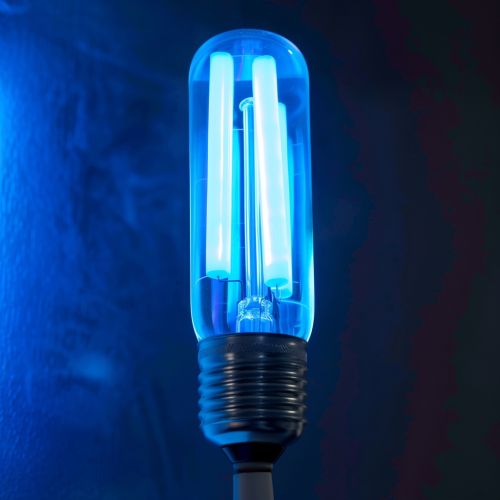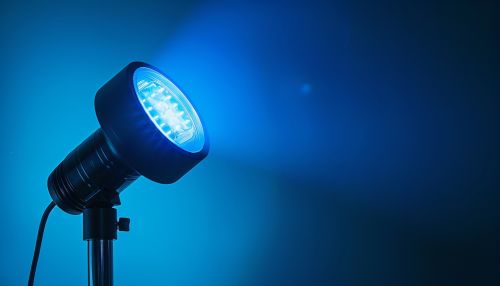UV-C
Introduction
UV-C, or Ultraviolet-C radiation, is a type of ultraviolet light that falls within the range of 100-280 nanometers (nm) on the electromagnetic spectrum. This type of radiation is known for its germicidal properties, and is often used in sterilization and disinfection processes.


Properties and Characteristics
UV-C radiation is characterized by its high-energy and short-wavelength light. Unlike UV-A and UV-B, which are longer-wavelength ultraviolet light that can reach the Earth's surface, most UV-C radiation is absorbed by the Earth's ozone layer, and does not naturally reach the surface. This makes UV-C radiation less familiar to the general public, but it is widely used in industrial and scientific applications due to its powerful germicidal properties.
Germicidal Properties
The germicidal properties of UV-C radiation are attributed to its ability to damage the DNA and RNA of microorganisms, rendering them unable to reproduce and effectively killing them. This process is known as ultraviolet germicidal irradiation (UVGI). UV-C radiation is particularly effective against bacteria, viruses, molds, and other pathogens, making it a valuable tool in sterilization and disinfection processes.
Applications
Water Purification
UV-C radiation is commonly used in water purification systems. The radiation effectively kills or inactivates harmful microorganisms, making the water safe to drink without the use of chemicals. This method of purification is used in both large-scale water treatment facilities and smaller, personal water purification devices.
Air Sterilization
Air sterilization is another common application of UV-C radiation. In this context, the radiation is used to kill or inactivate airborne pathogens, improving indoor air quality. This is particularly useful in settings such as hospitals, where maintaining a sterile environment is crucial.
Surface Disinfection
UV-C radiation can also be used to disinfect surfaces. This is often done using portable UV-C lamps, which can be moved around to disinfect various surfaces in a room. This method of disinfection is commonly used in healthcare settings, but can also be used in homes, offices, and other environments.
Safety and Risks
While UV-C radiation is highly effective at killing microorganisms, it can also be harmful to humans and animals. Exposure to UV-C radiation can cause skin burns and eye injuries, and prolonged exposure can lead to skin cancer and cataracts. Therefore, it is important to use UV-C radiation devices safely and responsibly, and to avoid direct exposure to the radiation.
Future Research and Developments
Research is ongoing into new and improved applications of UV-C radiation. One area of interest is the development of UV-C LED lights, which could offer a more energy-efficient and long-lasting alternative to traditional UV-C lamps. Another area of research is the use of UV-C radiation in the fight against antibiotic-resistant bacteria, which are a growing concern in healthcare settings.
